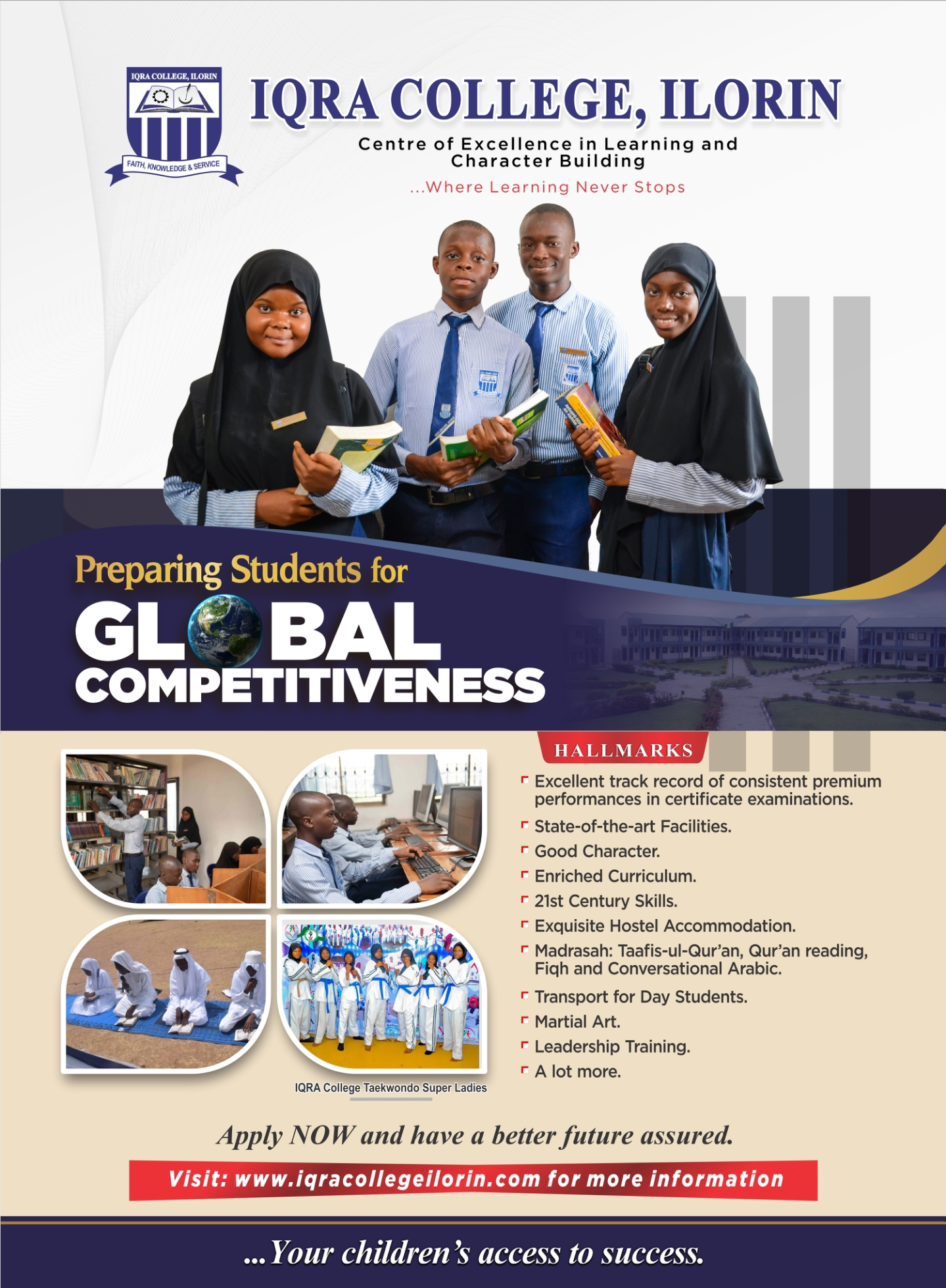I followed the 4th Hajj Conference and Exhibition from a distance, watching with growing fascination as Saudi Arabia showcased a bold vision for reshaping the Hajj experience. Although I was not physically there, I felt the pulse of the event through daily social media updates and firsthand accounts.
Hosted at the Superdome in Jeddah, the conference was orchestrated under the umbrella of Saudi Arabia’s ambitious Vision 2030. It introduced ideas and technologies that have the potential to profoundly influence the future of pilgrimage how it is planned, managed, and ultimately experienced by millions.
The sheer scale of the gathering was difficult to overstate with over 50,000 square meters in floor space and more than 120,000 visitors across four days. This wasn’t just a conference, it was a living laboratory in which Saudi authorities integrated innovation, logistics, and community engagement in ways both visible and behind the scenes.
Observing from afar, I sensed how the Kingdom’s organizational prowess was on full display.
At the heart of the conference were 75 panel discussions. Over 150 speakers from government, private industry, and non-profit organizations took the stage, grappling with core questions: How do we manage hajj responsibly? How can technology enhance the deeply spiritual journey of millions of pilgrims? These sessions were complemented by 58 targeted workshops, providing essential training for more than 2,000 attendees everyone from logistics coordinators to service providers.
Conference organizers emphasized the effort’s scale: 180 hours of specialized training, each session focusing on equipping professionals with the tools to handle the evolving complexity of annual Hajj operations.
One of the most compelling aspects was the emphasis on innovation. The Sustainable Solutions Challenge and Humanizing the Holy Sites Hackathon collectively generated over 1,000 ideas from participants spanning more than 40 countries. These weren’t just high-level brainstorming sessions; they offered practical, tech-driven solutions like AI algorithms for crowd management and proposals for more sustainable waste systems. I was particularly struck by the thoughtfulness behind these proposals, which balanced spiritual sanctity with real-world logistical needs.
Meanwhile, a dedicated Innovation Zone hosted more than 20 startups. Each pitched solutions to everyday challenges facing millions of pilgrims from improving navigation in dense crowds to optimizing the distribution of resources in real time. This sense of collaborative energy was palpable even from a distance. Public agencies, private companies, and the non-profit sector converged in a shared space, illustrating how no single entity can revolutionize the Hajj experience alone.
Tangible outcomes were equally impressive. The Business Hub became a nexus for hundreds of agreements and partnerships, underscoring a collective determination to elevate Hajj and Umrah services. These agreements, I’m told, range from infrastructure initiatives to volunteer-driven projects and next-generation apps designed to guide pilgrims through the stages of Hajj. Such breadth indicates that the transformation of Hajj involves a tapestry of efforts some large and systemic, others small and specialized.
Every step of the conference aligned neatly with Saudi Arabia’s Vision 2030. The goal is not merely to diversify the economy but also to champion an advanced, efficient form of religious tourism. This focus was articulated in five core objectives for the conference:
Enriching Knowledge: Attracting thought leaders and cultivating foresight for emerging trends in Hajj logistics and sustainability.
Fostering Partnerships: Creating alliances that stretch from local communities to international stakeholders.
Entrepreneurs and Innovators: Through hackathons and the Innovation Zone, spotlighting the role of emerging technologies in redefining the pilgrimage experience.
Highlighting the Kingdom’s Efforts: Demonstrating a commitment to delivering a seamless journey for pilgrims.
Enabling the Nonprofit Sector: Uniting communities, volunteers, and grassroots organizations to serve pilgrims more effectively.
Although the conference has officially concluded, its influence is set to reverberate. The minister of Hajj Tawfiq Al Rabiah announced dates for the 5th Hajj Conference and Exhibition, to be held from November 10 to 13, 2025 an announcement that signals the momentum will not stop here.
The theme of this year’s gathering, A Passage to Nusuk, encapsulates Saudi Arabia’s forward-looking approach to a tradition that extends back centuries. For pilgrims, Hajj represents a sacred duty, a journey of faith. For the Kingdom, it also represents an opportunity to integrate new technologies, sustainable practices, and collaborative partnerships that ease the logistical burdens of the pilgrimage without compromising its spiritual essence.
Observing from afar, I saw a convergence of tradition and innovation, a careful balance of reverence and modern problem-solving. The 4th Hajj Conference and Exhibition demonstrated Saudi Arabia’s resolve to continuously refine this monumental gathering, in line with the broader ambitions of Vision 2030. With preparations now underway for yet another conference in 2025 two major gatherings in a single year it’s clear that the Kingdom’s commitment is unwavering. This evolving schedule will almost certainly influence how Hajj is organized worldwide, transforming one of the most significant religious events on the global calendar.
For those who, like me, monitored the conference through live streams, social media updates, and conversations with on-the-ground attendees, the innovations described and the partnerships forged at the Business Hub serve as evidence that change is already in motion. From next-generation crowd management systems to large-scale agreements uniting diverse sectors, the future of Hajj management is being shaped day by day. It’s a testament to how faith, technology, and collaboration can merge to create a Hajj experience that honors the past while embracing what tomorrow might bring.
*Muhammad Ahmad Musa
Writes from Public Affairs – NAHCON



